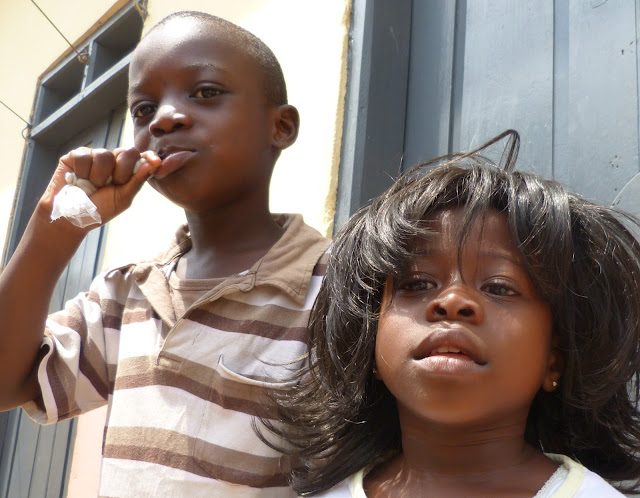 | ||||
| Under a harmattan sky: Dust from the Sahara blots out the afternoon sun, on the road to Accra. |
DURING THE DRY SEASON IN GHANA a wind called the harmattan blows in from the Sahara Desert, filling the air with a particulate haze, at times so thick it blots out the sun. Typically the harmattan lasts from October until March, after which comes the rainy season.
But weather is anything but typical, and for a long time now. (Check out this New York Times article about "weather weirding.") The first harmattan I experienced in the 1980s went on for nearly 2 years. Day after day the sky would cloud over and rumble, squeeze a pitiful drop or two and then move on. That drought led to widespread hunger in Ghana and across the continent. Years of dry seasons followed. Five years ago, Lake Volta, which powers Ghana's hydroelectric dam, the region's only source of electricity, receded to record lows and caused massive power shortages and rationing. Now, the Lake is back to record-high levels, due to unseasonably heavy rains over the last several years that caused flooding and deaths across the country's northern savannah. Still, power outages continue, not from nature but the demand of a region undergoing rapid development.
 |
| Storm clouds amass over a hillside in Aburi. |
This year's harmattan was among the worst in memory. The dust was so thick it shut down the airports for days due to poor visibility and muted the sun, making the mornings pleasantly cool while bringing on itchy eyes and cold-like symptoms.
And then, an unexpected rain one Sunday afternoon in February momentarily cleared the air, and it felt like an African Spring had arrived. Back in the drought years, people prayed for days like these. This afternoon was like an answered prayer.




















































